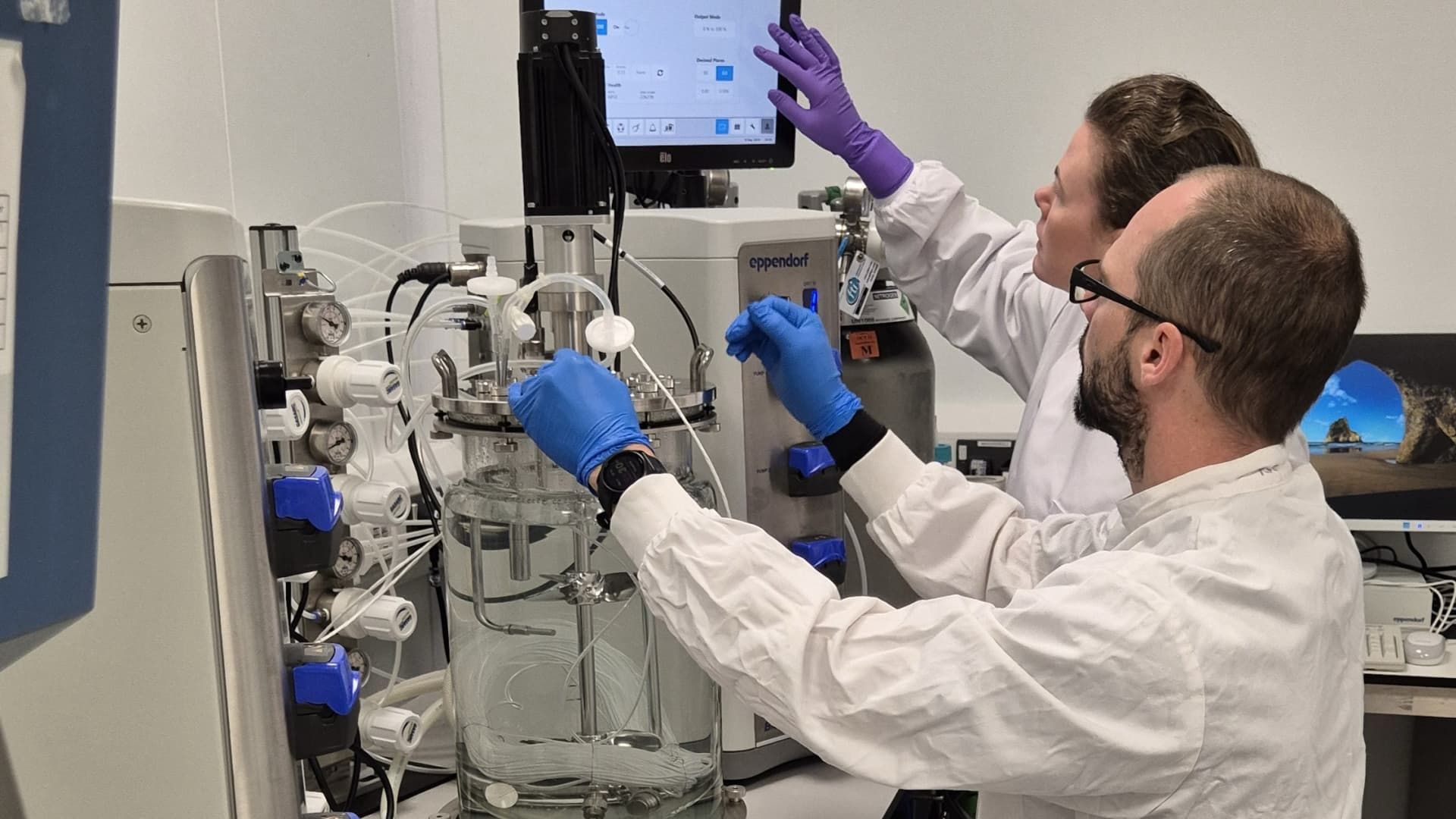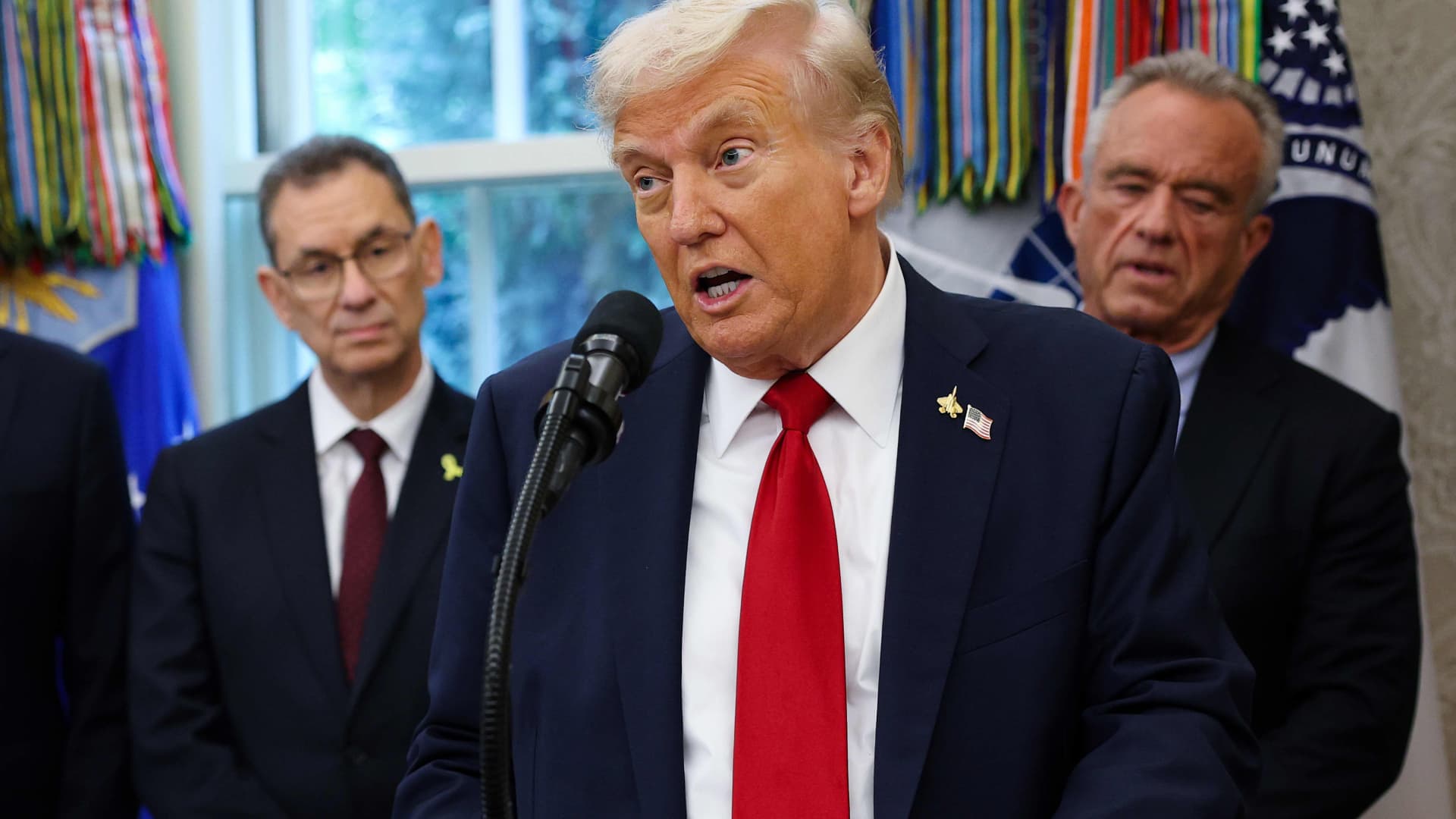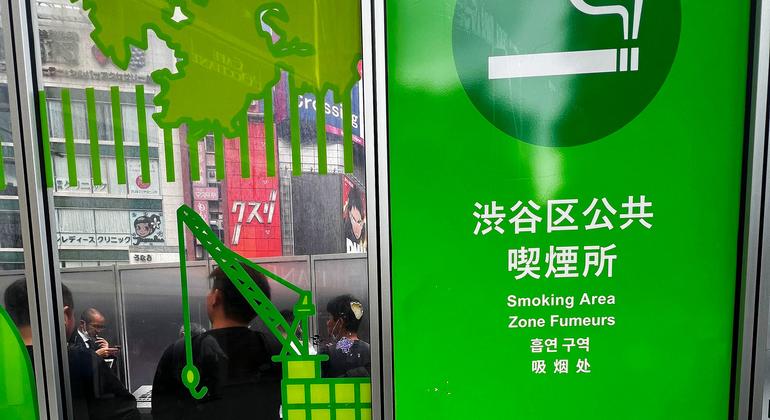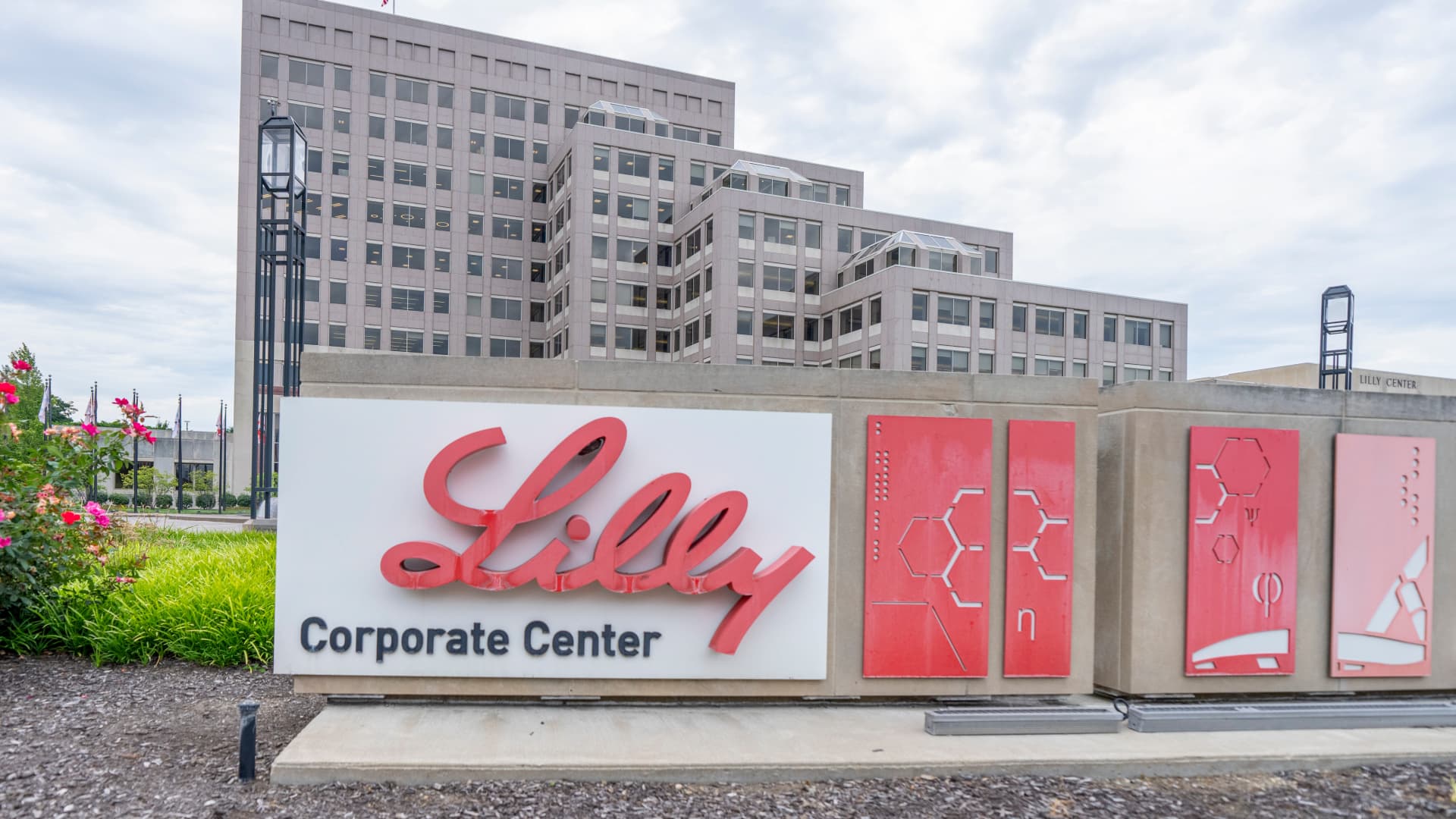Safi employees at work.
Courtesy of Safi Biotherapeutics
Last month, the American Red Cross declared a blood shortage emergency after its national supply fell by more than 25% in July. One startup's solution: lab-grown blood.
The shortage can be dire for patients, as doctors must make tough decisions about who needs more blood transfusions. The American Red Cross collects and distributes about 40% of the U.S. blood supply, according to its website, and the organization is imploring more people to donate.
But if Doug McConnell has his way, hospitals and clinics won’t have to rely on donations forever. McConnell is the chief executive of a four-year-old startup called Safi Biotherapeutics, which is working to manufacture red blood cells cheaply on a large scale.
Scientists have already figured out how to grow red blood cells from stem cells, but it's a costly and complex process that typically produces small amounts at a time. In November 2022, for example, researchers in the U.K. successfully transfused about one to two teaspoons of artificial blood into people as part of a clinical trial.
Safi's goal is to take advantage of these advances and produce large quantities of blood that could eventually be used commercially to help care for patients and prevent blood shortages.
“People have tried, but the technology has evolved and we now see this path,” McConnell told CNBC in an interview. “I think it's going from science fiction to science, but there's still a lot of work ahead. There's no doubt about that.”
Safi has received more than $16 million from the U.S. Department of Defense to date, and that total sum could exceed $20 million by the end of the year thanks to an additional grant in the works. The company also recently announced an additional $5 million in seed funding led by J2 Ventures. McConnell said this combined funding will help support the company as it begins working with regulators at the U.S. Food and Drug Administration.
The FDA has not cleared Safi's technology for use, and the company faces years of rigorous testing to prove its red blood cells are functional and safe. The company will also have to prove its manufacturing process is up to the agency's standards.
“We need to show that they're safe, we need to show that they're effective, that they're doing their job: delivering oxygen, circulating in a way that's comparable to a donor red blood cell,” McConnell said.
Safi bioreactor platform.
Courtesy of Safi Biotherapeutics
Earlier this month, Safi began working with a Manchester, New Hampshire, manufacturer called the Advanced Regenerative Manufacturing Institute (ARMI) to refine its production process. McConnell said ARMI is part of an ecosystem that has been receiving government funding to develop biomanufacturing capabilities in the U.S.
Safi starts its production process with a “progenitor” cell, meaning an adaptable cell that can develop into different types. Progenitor cells come from stem cells within the bone marrow and Safi converts them into red blood cells.
McConnell said growing red blood cells is almost like making a stew because it requires so many different ingredients; the challenge, however, is figuring out the cheapest and most efficient recipe possible, as well as when to stir or shake the stew and which ingredients can be substituted with less expensive alternatives.
The company is also designing special recipes for specific patient populations, as some patients who require chronic transfusions need blood free of certain antigens.
Cells grow by dividing or “doubling” as they pass through a bioreactor. McConnell said Safi spends a lot of time focusing on how many doublings he achieves during bioreactor testing because it’s a good indicator of how efficiently he’s producing cells. The cells are filtered out and Safi gets units or bags of blood that look the same as what would come from a donor.
Red blood cells made by Safi.
Courtesy of Safi Biotherapeutics
Safi estimates it can currently produce a unit of blood for less than $2,000. The company's ultimate goal is to reduce costs to less than $500 or even $300 per unit, which is comparable to the price of donor blood, McConnell said.
The average amount U.S. hospitals paid for a unit of donated red blood cells was $214 in 2021, according to a report by analytics firm Statista.
McConnell said Safi can currently use a 10-liter bioreactor that produces about one unit of blood per cycle. In eight or nine years, he said, the company hopes to use much larger tanks that can generate about 100 units per cycle. That means a single stem cell donation could help produce hundreds of bags of blood.
“It's more than one person could donate in a lifetime,” McConnell said.
For large-scale production to become a reality, Safi has a long road ahead. McConnell said the company's first launch will likely come in six or seven years, in part because it aims to produce about 100,000 units of blood during its first year of launch. Safi plans to continue scaling up production until it is making more than a million units a year, he added.
McConnell said he doesn't want doctors or patients to worry about access to blood and believes Safi can help fill those gaps.
“It's crazy that we're still tolerating this,” he said. “Honestly, one of the solutions is… to build our own supply chain.”












